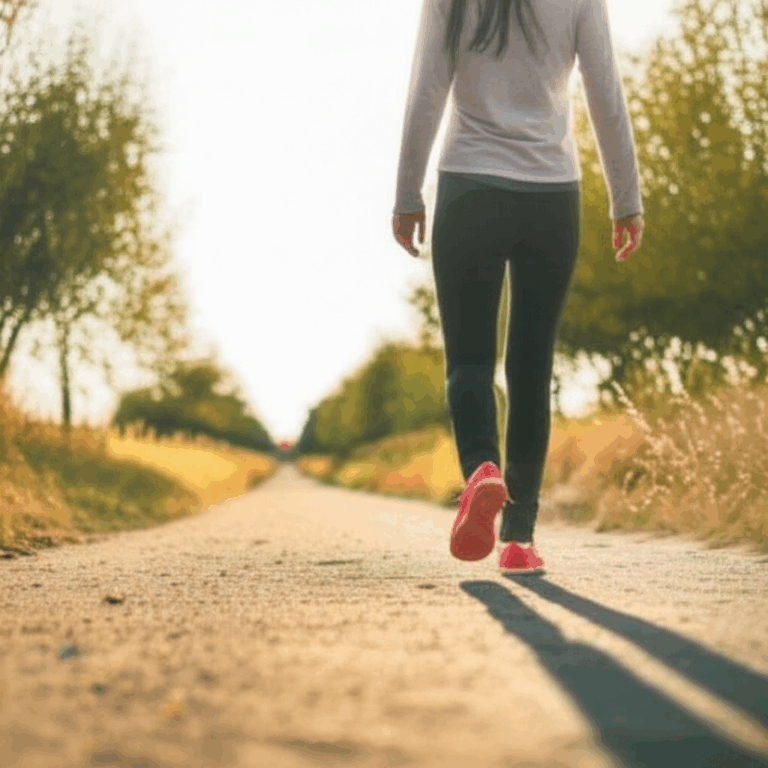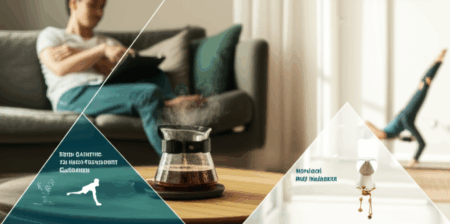Could a simple change to your everyday walk unlock profound benefits for both your mind and physical well-being? In a world constantly seeking innovative fitness solutions, a unique trend is gaining traction by adding a seemingly counter-intuitive twist to the oldest exercise known to humankind: walking. This trend, often referred to as “retro walking” or walking backward, is proving to be a powerful tool for enhancing cognitive function and physical fitness simultaneously.
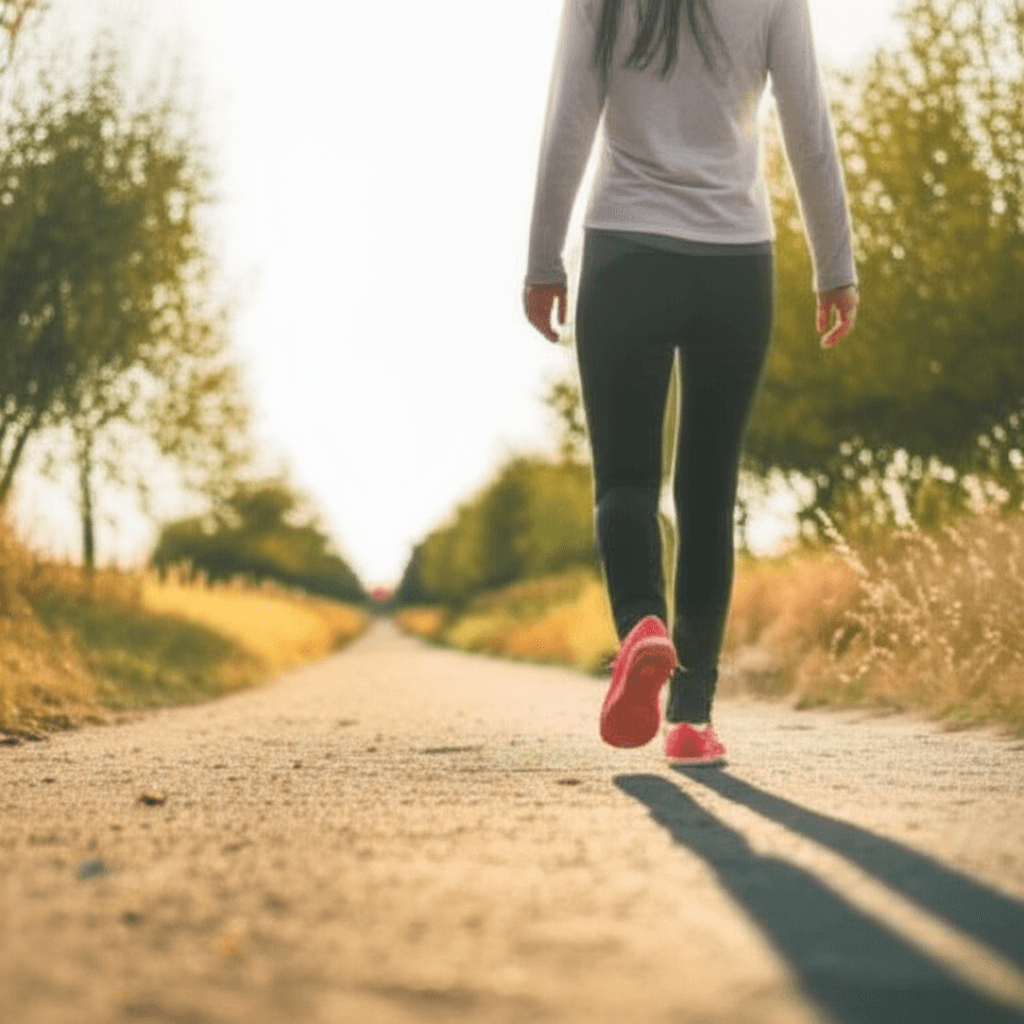
What is Retro Walking?
Retro walking is precisely what it sounds like: walking in reverse. While it might appear unusual at first, this practice involves intentionally moving backward, challenging your body and brain in ways that traditional forward walking does not. It’s not about showing off, but rather about engaging underutilized muscles and neural pathways. This “backward” approach is also considered a component of “Neurobics,” a broader concept that combines physical exercises with mental challenges to stimulate brain activity.
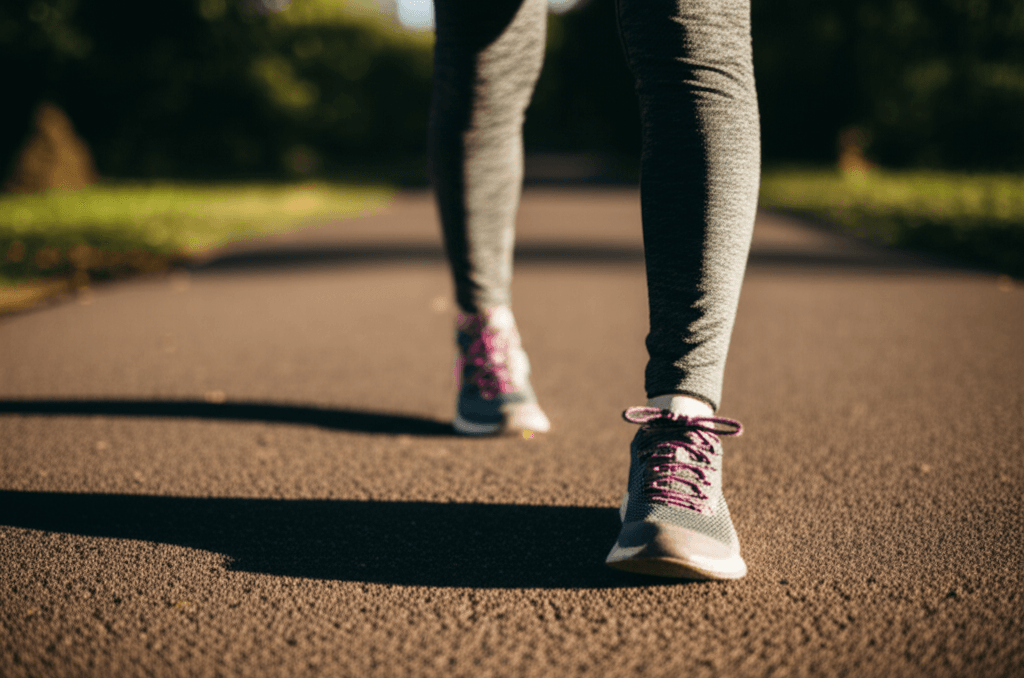
The Cognitive Boost: How Backward Steps Sharpen Your Brain
The primary reason retro walking is lauded for its brain-boosting capabilities lies in the increased demand it places on your cognitive functions. Unlike forward walking, which is largely automatic for most adults, moving backward requires heightened attention, coordination, and spatial awareness.
Engaging the Prefrontal Cortex
When you walk backward, activity in your prefrontal cortex rises. This critical area of the brain is responsible for executive functions such as decision-making, problem-solving, logic, and working memory. By forcing your brain to adapt to an unfamiliar movement pattern, retro walking creates new neural pathways and keeps your mind alert and sharp. Studies have even shown that merely visualizing walking backward can improve memory test scores.
Improved Cognitive Performance
Research supports the notion that retro walking can lead to measurable cognitive improvements. A 2025 study focused on older adults found that participants who engaged in retro walking three times a week for six weeks showed a significant average increase in their Montreal Cognitive Assessment (MoCA) scores. This suggests enhanced memory, attention, language, and executive functions. The increased complexity of this movement is believed to stimulate data processing centers of the brain, leading to better cognitive control and executive function.

Physical Advantages of Retro Walking
Beyond its mental benefits, retro walking offers a surprising array of physical advantages, particularly in strengthening muscles and improving balance.
Enhanced Balance and Coordination
Walking backward requires you to rely less on your eyes and more on your proprioception – the body’s ability to sense its position and movement. This reliance on muscles, joints, and the inner ear significantly improves balance and stability, making it a valuable exercise for injury prevention and rehabilitation, especially for older adults. The demand for increased coordination activates brain mechanisms and muscles that are typically dormant during regular walking.
Stronger Leg Muscles and Joints
Retro walking engages different muscle groups than forward walking, particularly strengthening the muscles around the feet, ankles, and back. It can also help relieve back pain, knee problems, and arthritis by activating these muscles and joints through different patterns. The movement helps to build better control of body movements in both lateral and anterior-posterior directions.
Improved Posture and Reduced Strain
Many people experience poor posture due to sedentary lifestyles and habitual forward walking. Retro walking encourages an upright posture, activating core and back muscles to maintain spinal alignment. This can lead to better posture over time and reduce discomfort in the back and neck.
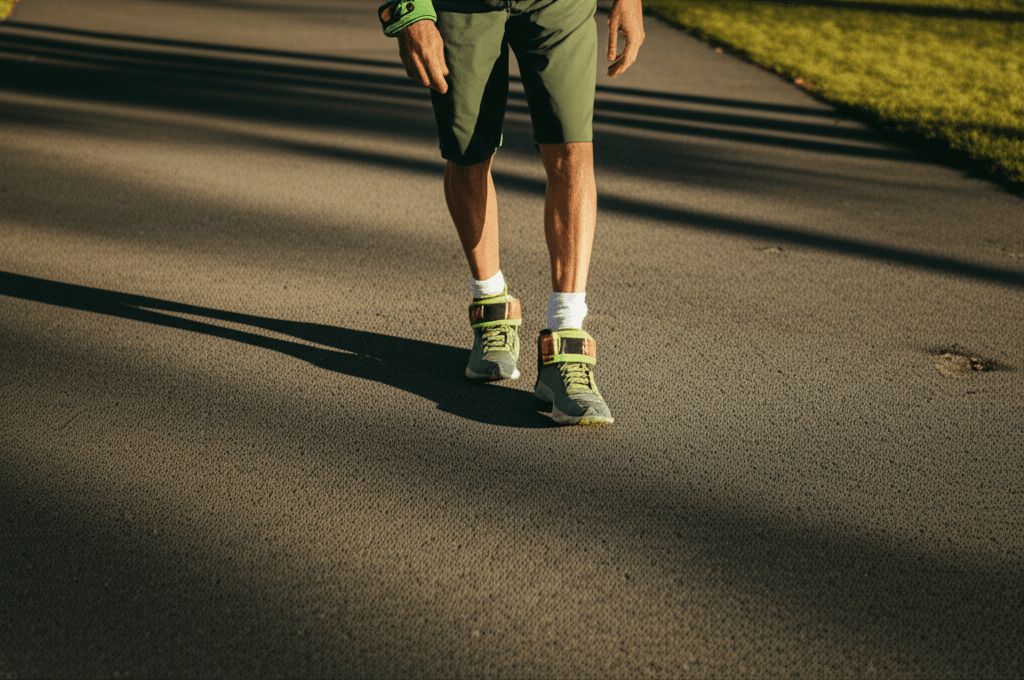
How to Incorporate Retro Walking Safely
While the benefits are compelling, safety is paramount when trying retro walking.
Start Slowly and Choose Your Environment
- Flat, Clear Surface: Begin on a flat, even surface free of obstacles to prevent falls. A track, a long hallway, or a clear park path are ideal.
- Supervision: Especially when starting, having someone nearby can provide assistance and build confidence.
- Small Intervals: Begin with short sets, perhaps a few minutes at a time, and gradually increase duration as your confidence and skill improve.
- Focus on Awareness: Pay close attention to your foot placement, balance, and surroundings. Over time, you can gradually increase intensity.
Progressive Overload
Like any exercise, consistent practice is key. Gradually increase the duration or intensity as you become more comfortable. The goal is to keep challenging your brain and body in novel ways.
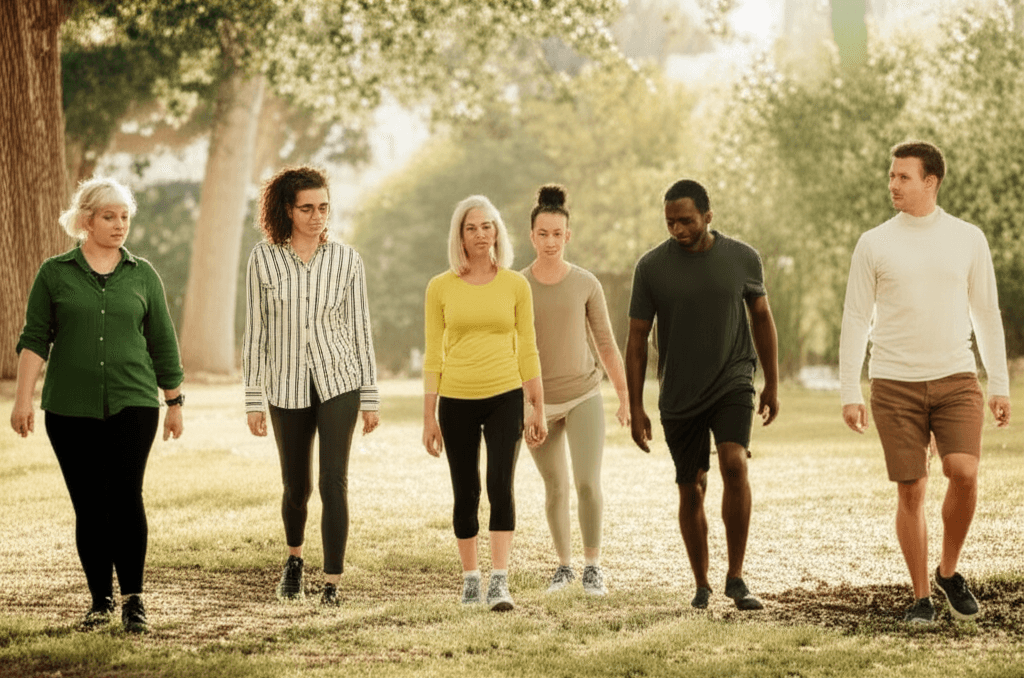
Beyond Retro Walking: Other Brain-Boosting Walking Practices
While retro walking offers a distinct advantage, other mindful approaches to walking also contribute significantly to brain and body health.
Mindful Walking
Mindful walking involves actively engaging your senses and focusing on the present moment during your stroll. This practice can help decrease stress and anxiety, improve sleep, and enhance overall mood by providing a break from constant mental chatter. By consciously tuning into your breath, the sensations in your body, and the nature around you, you can cultivate awareness and tranquility.
Brisk Walking
Even traditional forward walking, when done briskly, offers substantial cognitive benefits. Raising your heart rate through moderate-to-vigorous physical activity, such as a brisk walk, increases blood flow to the brain. This enhanced circulation delivers more oxygen and nutrients, which can improve processing speed, executive function, and working memory. Regular brisk walking also stimulates the release of brain-derived neurotrophic factor (BDNF), a protein crucial for the survival of existing brain neurons and the generation of new ones, potentially helping to counter age-related cognitive decline.
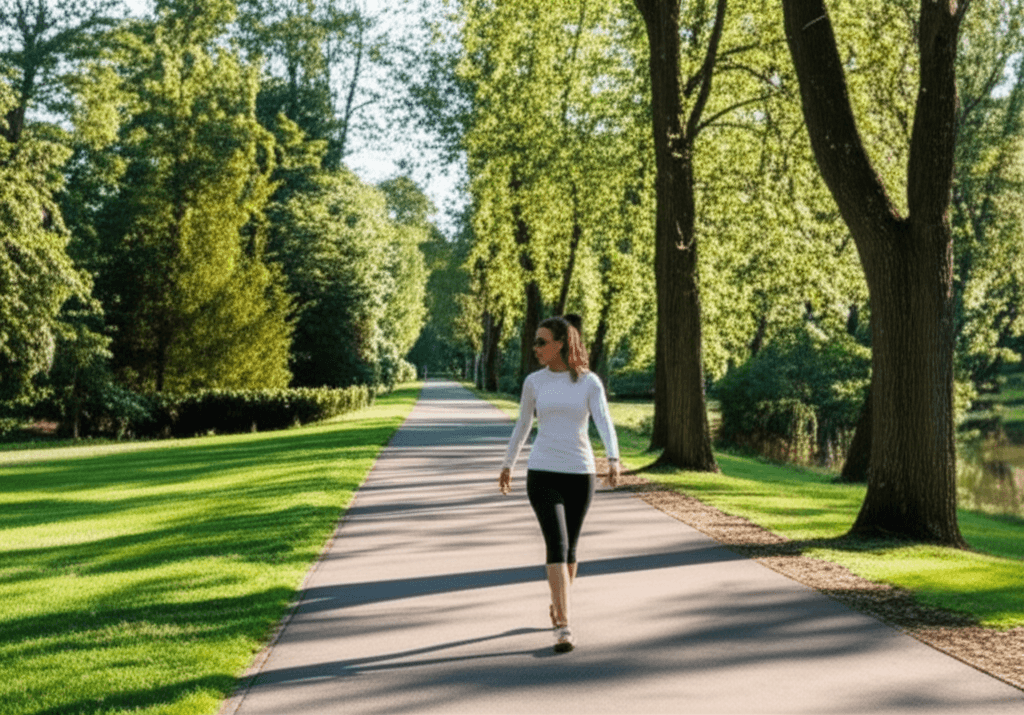
The Holistic Benefits of an Enriched Walking Routine
Whether you’re walking backward, focusing on your breath, or simply picking up the pace, adding a deliberate “twist” to your walking routine is a low-cost, low-risk, and highly effective way to invest in your long-term health. These practices go beyond mere physical exercise; they integrate movement with mental engagement, fostering a deeper connection between your body and mind. The result is not just stronger muscles and better balance, but also a sharper mind, improved mood, and enhanced overall well-being.




